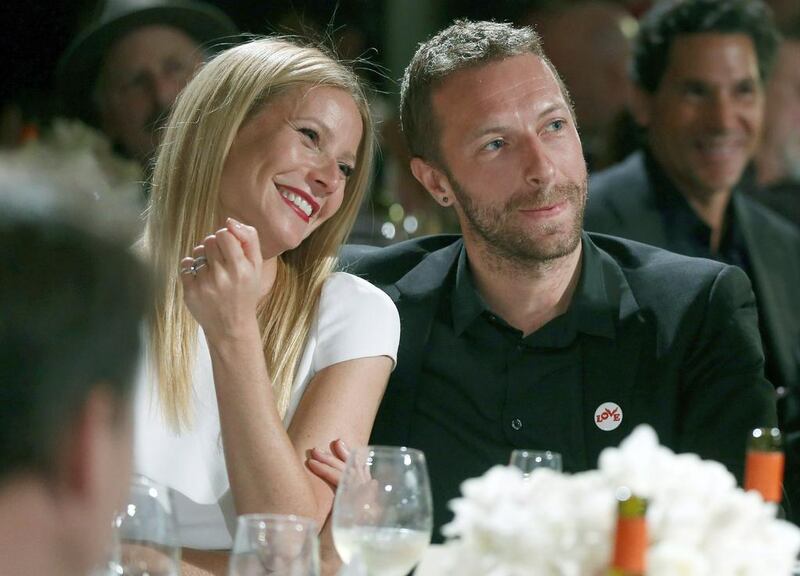Like any world unto itself, Hollywood has its own lexicon. But the actress Gwyneth Paltrow’s use of the phrase “conscious uncoupling” to describe her break-up with the Coldplay frontman Chris Martin last week had even Hollywood veterans scratching their heads and reaching – metaphorically at least – for a dictionary.
Of course, reactions varied from snarky comments to real appreciation for the message and the way it was delivered – in a joint post from the actress and her rock-star husband on Paltrow’s lifestyle website, goop.com, which crashed from the traffic. But what does “conscious uncoupling” mean?
“I’ve never heard it, but it sounds like a phrase used by marriage therapists in Malibu,” quipped Janice Min, the editor of The Hollywood Reporter.
Pretty close, actually. The term was coined by a Los Angeles therapist and author, Katherine Woodward Thomas, who has created a five-step “Conscious Uncoupling” online process to “release the trauma of a break-up, reclaim your power and reinvent your life”.
Speaking from Costa Rica, where she travelled to write her second book – called, not surprisingly, Conscious Uncoupling – Thomas explains that her goal is “to create a map for a couple to consciously complete a relationship; to have an honourable ending”.
Thomas says the assumption that people will have only one lifetime partner – and that anything else is a failure – comes from a time when the lifespan was much shorter. “I’m a fan of marriage, but I recognise that most people in their lives will have two to three longtime relationships, which means one to two break-ups. And so we need to learn how to do this better,” she says.
Thomas says she doesn’t know Paltrow, but applauds what she calls her and Martin’s courage in the way they announced their separation. “They’re modelling this for the world,” she says. Not surprisingly, though, the reference evoked some snark in Hollywood and in Britain, where the couple are also based.
“What deluded tosh,” said a headline to a column in The Guardian, using British slang for nonsense. And Paltrow’s phrase actually made it to Britain’s House of Lords, where a politician referred to a political disagreement over university fees on Wednesday as “yet another example of the coalition’s conscious uncoupling”.
Others, though, were touched by the message, noting also how expertly the news was announced – late on a Tuesday, after the celebrity weeklies had all closed their issues.
“It was very smart,” says Min, who is also former editor of US Weekly. “By next week, there will be other news and they probably won’t be on the cover at all.
“But I was touched – it felt sincere. And it gave us more information than you normally get in these situations – revealing they’d been separated for a while.”
Also, Paltrow and Martin have two children, 9-year-old Apple and 7-year-old Moses – so they have strong reasons to control the message. “No child wants to see news of their parents’ break-up on the supermarket shelf,” Min notes.
Jen Singer, a New Jersey mother and mom blogger, found the message especially meaningful because she went through a divorce last year and sought her own version of “conscious uncoupling”.
“I called it my ‘unengagement’ from marriage, the process of preparing for life on my own,” Singer says.
“Sure, Gwyneth has a reputation of being a little bit woo-woo, so we kind of giggle at the phraseology,” she continues. “But the concept is solid.”
[ artslife@thenational.ae ]





